Interest rates kept unchanged despite pressure from Trump
Early morning of May 8 (Vietnam time), the Federal Open Market Committee (FOMC) of the US Federal Reserve (Fed) decided to keep the target interest rate in the range of 4.25% - 4.5%, maintained since December last year.
This decision was unanimously approved by all FOMC members, reflecting the Fed's caution in the context of the US economy facing many uncertainties, especially from the tariff policy of the Trump administration.
The FOMC's post-meeting statement stressed that the U.S. economy "continued to expand at a solid pace" and that the labor market was "generally well balanced" with the unemployment rate stable at 4.2%. However, the FOMC also acknowledged that "uncertainty about the economic outlook has increased" and that risks to the Fed's dual mandate of controlling inflation and maximizing employment are increasing.
Specifically, the committee noted that “the risks of higher unemployment and higher inflation have increased,” reflecting concerns about the impact of global trade policies, especially new tariffs that will be imposed from April 2025.
Fed Chairman Jerome Powell, in a press conference later, said the Fed was “well-positioned” to respond to economic developments. He acknowledged that tariffs, if sustained on a large scale, could lead to higher inflation, slower economic growth and higher unemployment.
Mr. Powell also noted the need for patience and reliance on economic data.

The Fed chairman also addressed mixed economic signals. GDP fell 0.3% in the first quarter of 2025, largely due to slowing consumption and rising imports before tariffs took effect. However, the April jobs report showed 177,000 nonfarm payrolls added, reinforcing the Fed’s assessment that the labor market remains “solid.”
Inflation-wise, the core PCE index hit 2.3% and the core PCE index came in at 2.6%, close to the Fed's 2% target, but the Trump administration's tariff policies are expected to push up commodity prices, complicating efforts to control prices.
Asked about the continued pressure from President Trump to cut interest rates, Powell said the Fed would act based on economic data and not be influenced by political factors.
“We use our tools to promote maximum employment and price stability for the benefit of the American people,” he stressed, dismissing any speculation about intervention from the White House.
The markets are quite volatile.
Despite being widely expected, the Fed’s decision to keep interest rates unchanged still caused a lot of volatility in financial and commodity markets. The US stock market recovered slightly at the end of the day on May 7. The Dow Jones Industrial Average rose 285 points, equivalent to 0.7%, while the broad S&P 500 index and the technology-heavy Nasdaq Composite index rose 0.4% and 0.3%, respectively.
The rebound partly reflected investor sentiment soothed by Powell’s “wait and see” stance, along with hopes for upcoming US-China trade talks in Switzerland.
However, gold prices were under great pressure, falling 1.1% to $3,390/ounce at the end of the trading session on May 7 due to a stronger USD (up 0.2% against a basket of major currencies) as well as optimism about the possibility of easing US-China trade tensions.
At 9:40 this morning (Vietnam time), the world gold price increased sharply again, soaring to 3,410 USD/ounce after the Fed's decision.
As for the Fed's policy outlook, investors expect the Fed to keep interest rates steady until at least June 2025, with about a 30% chance of a rate cut by then, according to CME Group's FedWatch tool.
The market expects a total of three rate cuts in 2025, but this number could change depending on developments in the US-China trade war and trade negotiations with other partners.
Investors remain concerned that the trade war, especially the 145% tariffs on Chinese goods and 125% retaliatory tariffs from Beijing, increases the risk of “stagflation” in the US - a scenario the Fed faced in the early 1980s.
It can be seen that the Fed's decision to keep interest rates unchanged reflects its caution in the face of economic uncertainties caused by Mr. Trump's tariff policies. Despite the volatility in financial and commodity markets, Chairman Powell's "wait and see" stance shows that the Fed is still confident in its ability to respond promptly. The future of monetary policy will depend on the results of trade negotiations and the ability to control inflation, in the context of the US economy still maintaining relative stability.

Source: https://vietnamnet.vn/ong-trump-gay-ap-luc-nguoi-dan-ong-quyen-luc-tin-co-the-ung-pho-kip-thoi-2398894.html






![[Photo] Top players gather at the 2025 Nhan Dan Newspaper National Table Tennis Championship](https://vphoto.vietnam.vn/thumb/1200x675/vietnam/resource/IMAGE/2025/5/23/9ad5f6f4faf146b08335e5c446edb107)
![[Photo] Anh Hoang - Dinh Duc successfully defended the men's doubles championship of the National Table Tennis Championship of Nhan Dan Newspaper](https://vphoto.vietnam.vn/thumb/1200x675/vietnam/resource/IMAGE/2025/5/23/d6ab3bcac02c49928b38c729d795cac6)




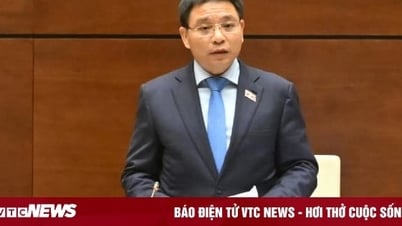

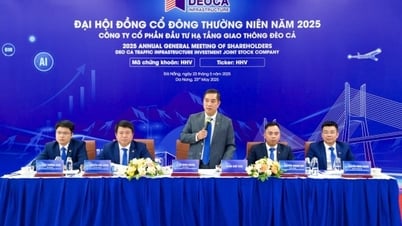

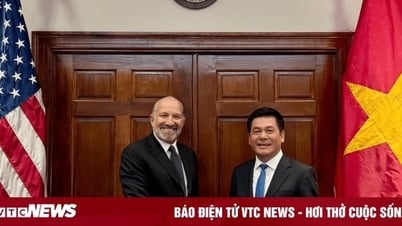
























































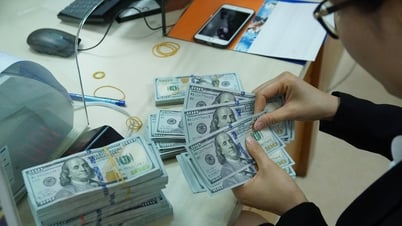

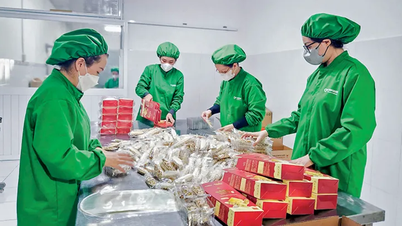

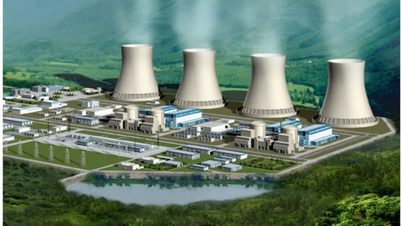













Comment (0)